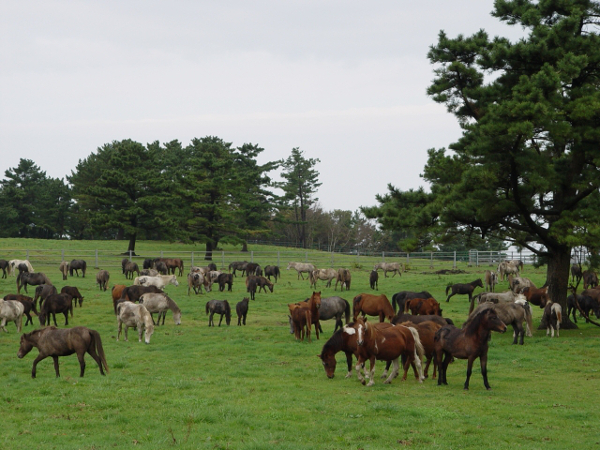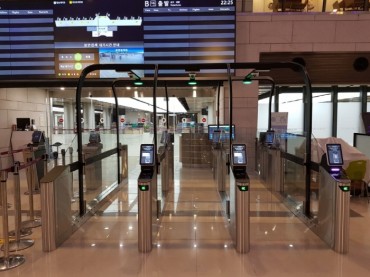
The Jeju Horse, identified as Natural Monument No. 347, is allowed to graze on this specially designated land. (Image courtesy of Jeju Provincial Government)
SEOUL, March 13 (Korea Bizwire) —According to recent findings, the grassland area in Korea, which serves as a representative carbon sink in the agricultural sector, is steadily decreasing. As of 2022, the national grassland area had declined to 32,124 hectares, a decrease of 376 hectares from 2021, slightly larger than Seoul’s financial hub of Yeouido (290 hectares).
Under the Grassland Act, the government annually surveys the nation’s grasslands (land used for growing pasture or fodder crops), and the results of this year’s survey were released on March 9 by the Ministry of Agriculture, Food and Rural Affairs.
The country’s grassland area has been decreasing annually since 1995, mainly due to its use as agricultural land and for various development projects. In 1995, the grassland area stood at 66,301 hectares, which was halved to 33,496 hectares in 2018.
Jeju Island, which has the highest proportion of grassland areas in the country, is experiencing a severe reduction in grassland. Jeju’s grassland has high ecological value and conservation value as cultural heritage. However, unlike farmland, there are no standards for screening for exclusive conversion use, which is resulting in unchecked development.
As of 2022, Jeju’s grasslands covered an area of 15,456 hectares, accounting for 48 percent of the country’s total grassland area. Gangwon, Chungnam, and Jeonnam followed with 4,947 hectares, 2,402 hectares, and 1,924 hectares, respectively.
Lina Jang (linajang@koreabizwire.com)






